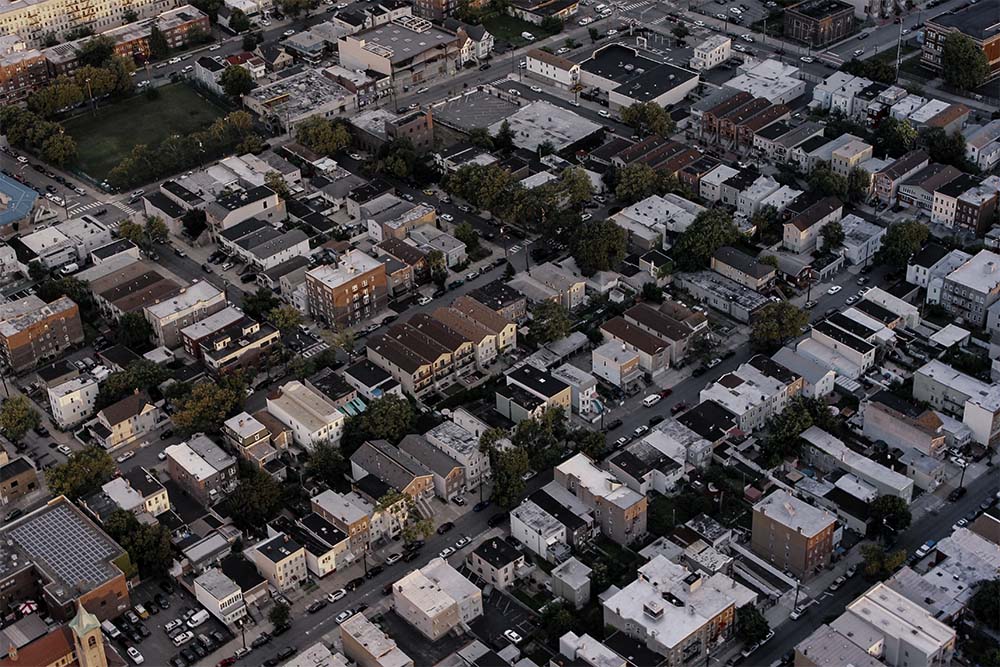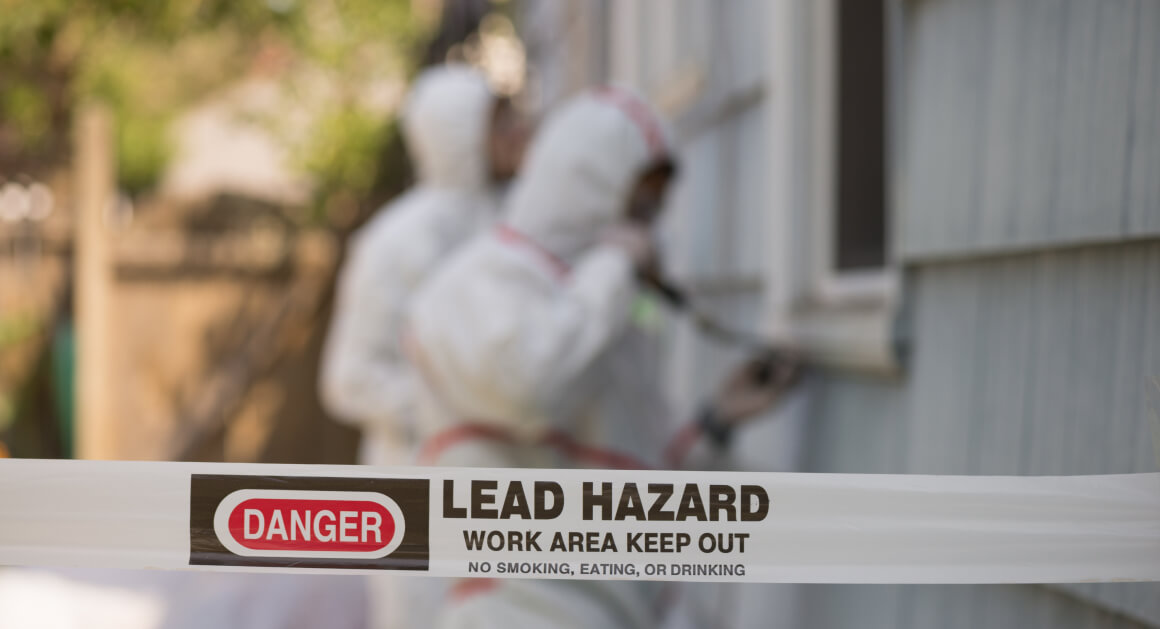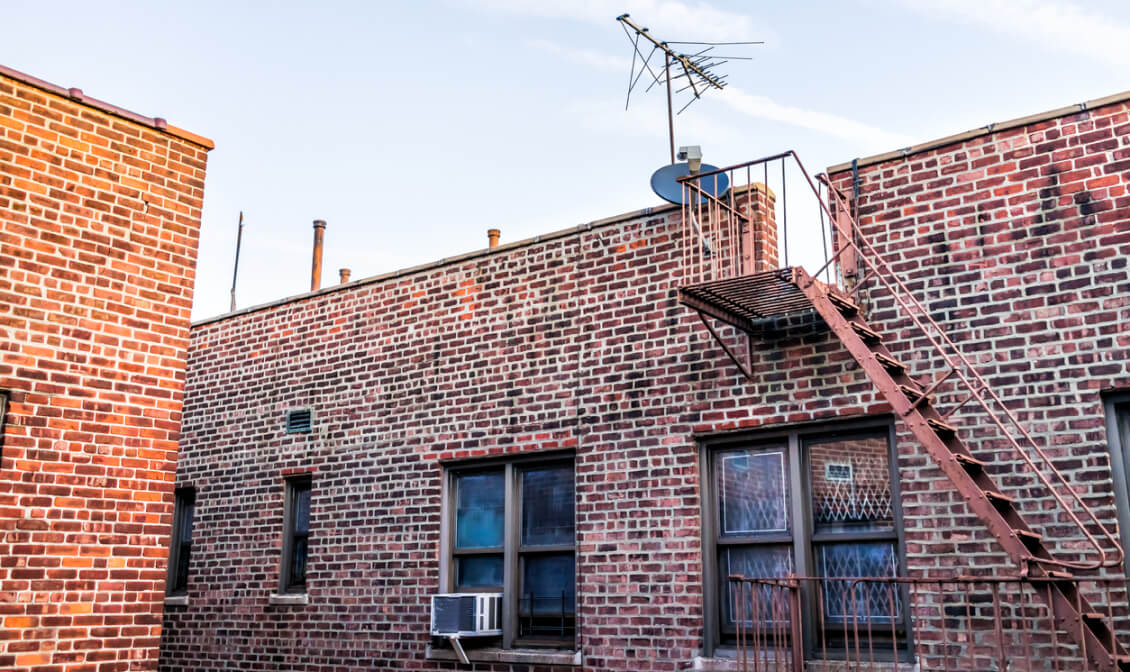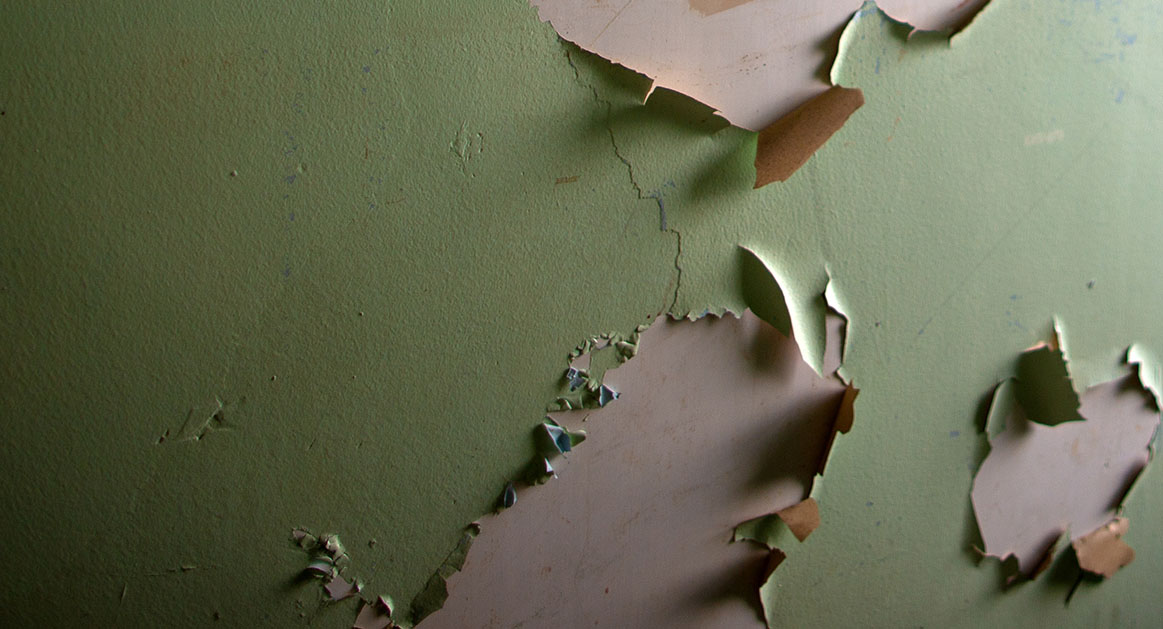I Fell in Front of an Apartment Building. Is the Building Legally Responsible for a Negligent Condition Which Caused My Fall?
In New York City there are statutes which define the legal responsibility to maintain sidewalks. The New York Administrative Code Section 7-210 which was effective on September 14, 2003 (and therefore applicable since that date,) provides that it is the legal duty of the owner of a property abutting any sidewalk (including the intersection portion for a corner property) to maintain the sidewalk in a reasonably safe condition. The law goes on to state that the owner of the adjacent property to any sidewalk is liable for any injury to a person or to property which is caused by the failure of such owner to maintain the sidewalk in a reasonably safe condition.
This includes the failure to install, construct, reconstruct, repave, repair, or replace a defective sidewalk. It also includes the failure to timely remove snow, ice, dirt, or other material from the sidewalk, or to negligently do so.
The one exception to the adjacent property owner being liable (rather than the City of New York who may be liable in certain circumstances) is when the property is a one, two or three family residential property that is in whole or in part owner occupied and, very importantly, used exclusively for residential purposes. Complicated? Yes it is. That is one very good reason that a lawyer should always be consulted to determine your legal rights.
There are other New York City laws which amplify the application of this law.
One such law is Administrative Code Section 16-123. This in effect gives a four hour window to act when a storm is in progress. Under this law, every owner, lessee, tenant, occupant or other person having charge of a building or lot in the City of New York and adjacent to any street where the sidewalk is paved, shall within four (4) hours after the snow has ceased to fall upon the sidewalk, remove the snow or ice or deposit of any dirt on the sidewalk. This four hour window to act excludes the hours of 9 PM and 7 AM. It also provides that the property owner must spread salt, ashes, sand, sand dust in certain situations and has various other provisions applying when the snow falls and immediately becomes hard and frozen.
Any person injured by tripping, slipping and falling as a result of the owners negligent failure to act under the law or if the owner negligently and inadequately removed the snow leaving a hazard or creates a hazard by doing a bad or inadequate job, may be held liable to an injured person harmed by such failure to exercise ordinary care in discharge of their obligation under the law.
Obviously, these laws are quite complex. If you suffer a serious injury as a result of slipping on ice on a sidewalk in the City of New York, consult a lawyer promptly. Delay may result in the inability of obtaining important evidence and locating witnesses when their memories are fresh. But even old incidents can be investigated, and if you have a meritorious case, a case may in certain circumstances be commenced on your behalf. The key is: do not delay. Consult a lawyer. Slip and fall cases can be very legally complex.
We welcome your legal questions for topically relevant articles in the future. Feel free to compose a question – it may be addressed in future articles. Email Question
Free Case Evaluation
Fill Out The Form Below To Find Out If You Have A Case.
Thank you for contacting us. One of our colleagues will get back to you shortly.



